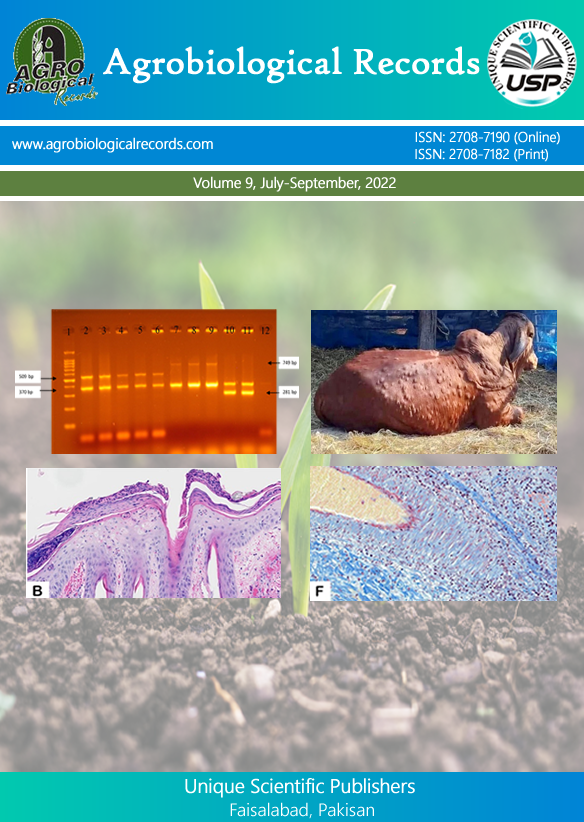
Aima Ahmad1, Amna Zahid1*, Alia Riaz1, Umar Bilal2, Rabia Zahid2 and Mohsin Bashir2
1Institute of Horticultural Sciences, University of Agriculture, Faisalabad, Pakistan, 1Floriculture and Landscape Lab, Institute of Horticultural Sciences, University of Agriculture, Faisalabad, Pakistan; 2Postharvest Research and Training Centre (PRTC), Institute of Horticultural Sciences, University of Agriculture, Faisalabad, Pakistan
*Corresponding Author: amnazahid672@gmail.com
The short postharvest life of cut tulips (Tulipa gesneriana L.) remains a major constraint for exporters, retailers, and consumers, primarily due to rapid petal senescence, stem bending, and microbial contamination in vase solutions. Addressing this challenge through sustainable means is vital for both environmental safety and floricultural profitability. This study aimed to investigate the comparative efficacy of three naturally derived phenolic compounds, thymol, eugenol, and menthol, in enhancing the postharvest performance and longevity of cut tulips cv. ‘Killing Love’. A completely randomized design was employed using thirteen treatments, including a control and four concentrations (60, 85, 110, and 135mg/L) of each compound. Postharvest parameters assessed included solution uptake, stem elongation, fresh and dry weight, chlorophyll retention (as indicated by SPAD values), senescence initiation, and total vase life. Thymol at 85mg/L significantly extended vase life to 10 days, improved stem elongation (8.87cm), and maintained higher chlorophyll levels (SPAD 10.0), indicating delayed senescence and better physiological integrity. Eugenol at 110mg/L enhanced dry weight accumulation (2.49g), while menthol at 135mg/L reduced stem bending and maintained floral turgidity. These treatments outperformed the control across multiple quality indicators. The findings underscore the potential of essential oils, particularly thymol and eugenol, as effective, eco-friendly alternatives to synthetic floral preservatives. Integrating such bio-based solutions into commercial postharvest handling protocols may help promote sustainable practices while preserving the aesthetic and market value of cut tulips.